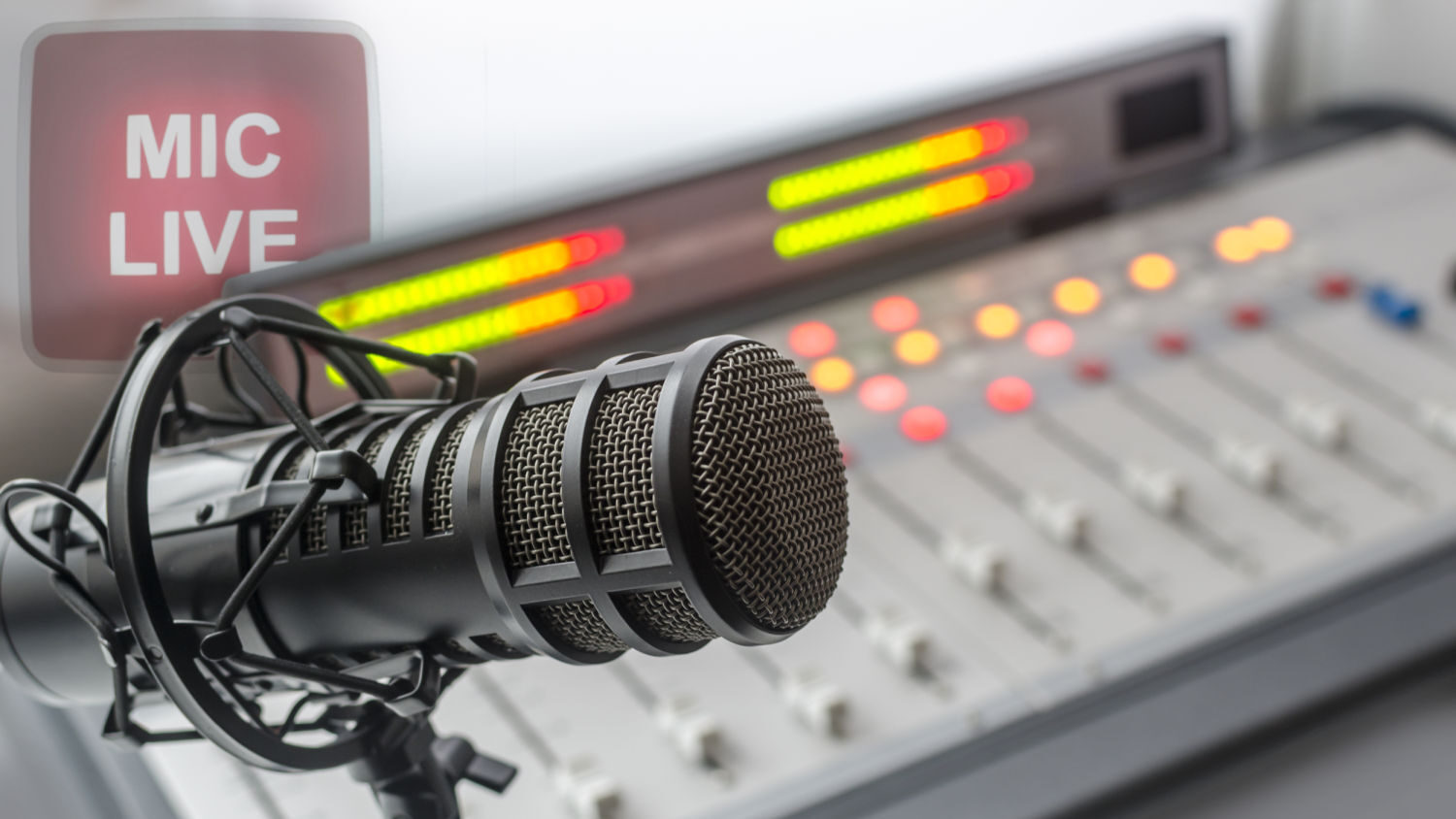Forum Replies Created
-
AuthorPosts
-
k.thelen
ParticipantUnfortunately, the days of the ESI, Marian, etc. cards are well behind us. For years I kept up the search for motherboards with PCI slots so I could stick with the ‘tried and true’. But I, like most by now, finally had to surrender.
The AudioScience ASI5810 is a short and low-profile PCIe card with 2 balanced inputs, 2 balanced outputs, and supports 192KHz output. But it’s spendy ($650, last I checked). And the driver can be a bit of a pain; I had a hard time getting the buffers set up in such a way where the jitter and latency were acceptable (though I was being rather particular; wanted a very low latency setup that would allow live monitoring, to replace a setup built around a Marian Trace Pro).
Beyond that, the question isn’t ‘what can I get in a card’, the question is ‘what’s a better/more suitable USB device’. As in, one with no knobs, buttons, etc. One that’s reliable. One that performs well, and needs no modifications.
Angry Audio has their U.192. I haven’t tried one, mostly because they’re $850-ish. But I hear they’re a good option if you need something that Just Works.
A few years ago, Leif and one of his collaborators were testing piles of cheap Amazon gear and discovered a particular Chinese CM6631A-based USB board that worked remarkably well (basically a knockoff of the Sanskrit interfaces, IIRC). Dual output, unbalanced, very flat 192KHz output. I’ve built a bunch of rigs for non-latency-sensitive situations around them. If you want cheap and reliable, it’s still the ticket. There was a thread on the “I Love Broadcast Audio Processing” Facebook group about them.
But, note that I said ‘non-latency-sensitive’. Those have no inputs, so you have to use a separate device if you need analog or AES inputs. And, as you can imagine, the amount of overall latency there can get pretty big. Many people don’t care. But if you’re in the “we need to hear the output in our headphones” camp, your options are gonna be limited.
The typical BaOne, Stereo Tool, etc. rig for transmitter site use these days seems to be a small PC or NUC, with a USB output device like the one I mentioned, and some sort of IP-based input. As for me, I want to be where the affordable hardware is, and that means embracing the trend.
If you find a device that has no knobs/buttons/etc., a pair of balanced inputs, good 192KHz analog outputs, and is affordable – basically a U.192 without the sticker shock – please follow up here, I’d love to hear about it!
k.thelen
ParticipantKind of an old thread, but…
W = number of jitter Warning (over 40%) events
H = number of High jitter (over 70%) events
R = number of times the device has stalled or otherwise been ResetThis info can be found in the Omnia 9XE manual. Between that, the Omnia 7 manual, and (occasionally) the Linear Acoustic Aero.2000 manual, many obscure questions like this can be answered. (All of those products share the same platform as BaOne.)
As for block size: there’s a button in BaOne’s audio interface setup window which will test all possible block sizes, and suggest the best options for your setup. But there are two rules of thumb I always keep in mind:
1) Lower blocksize means less latency, while higher blocksize means less chance of buffer underruns or other issues.
2) The chosen samplerate should always be divisible by the chosen blocksize, else the jitter performance will be poor.
Hope this helps —
February 3, 2023 at 8:25 am in reply to: Now Is Your Chance To Add To The Breakaway One Wish/Bug List #16952k.thelen
ParticipantDitto on the streaming encoder output level control. Would be nice to have that without needing to use the Custom encoder type.
The rest of what I have is pretty in-the-weeds, but I imagine wouldn’t be difficult to implement – just hardware-specific things that are missing from BaOne (but present in other Nf-based products):
– GPIO for CN2000, etc.
– Fan speed control for CN2000, etc.
– Version, hostname, IP output to A1K/A1H front panel display
– The biggie, for me at least… CN1167 supportIf there’s no obligations preventing those things from being included in future builds, I’d greatly appreciate it (have a pile of CN1167-based A1H-es in my garage right now whose future is uncertain).
Also, continued 32-bit builds would be greatly appreciated by folks like me with legacy hardware in service.
–Keith Thelen
-
AuthorPosts
